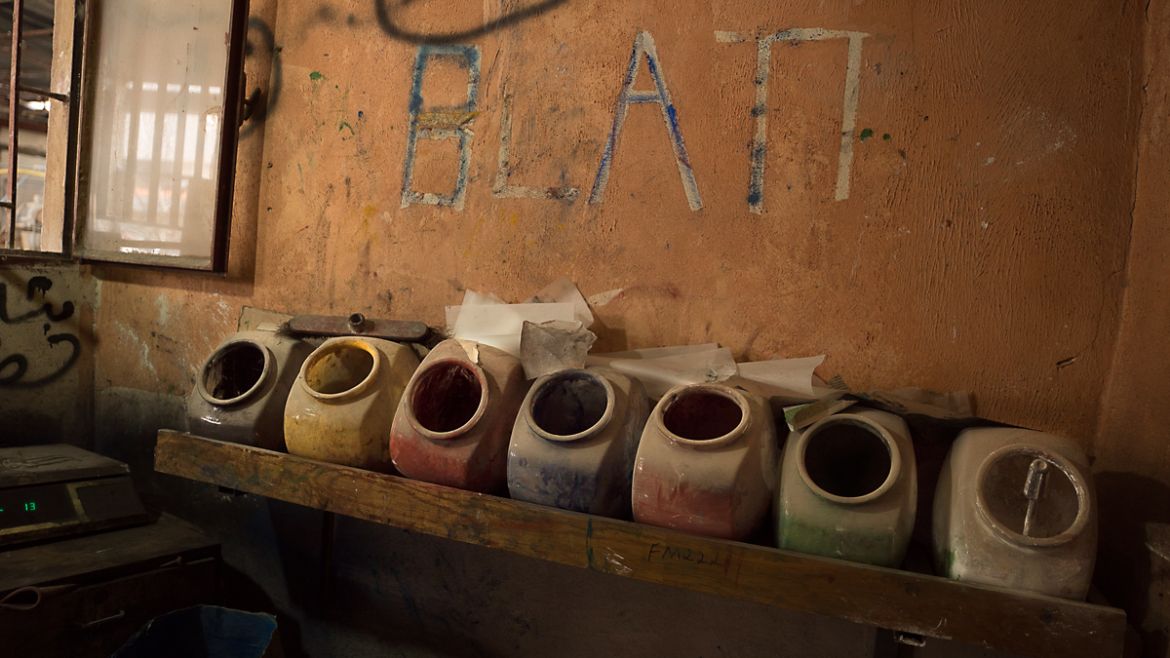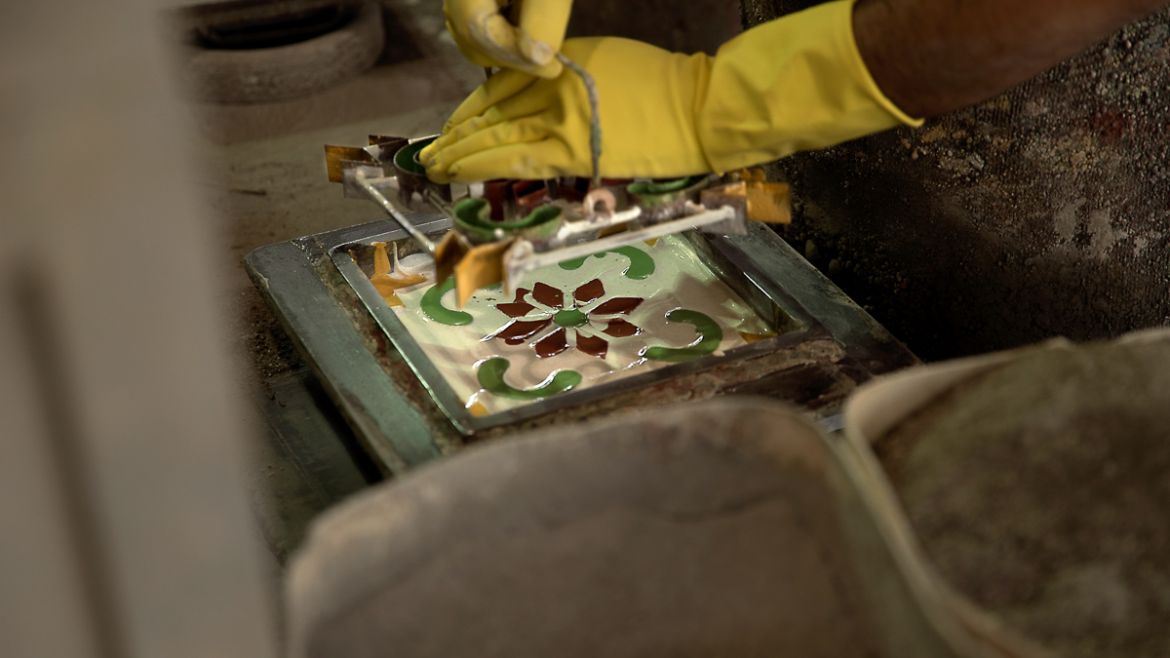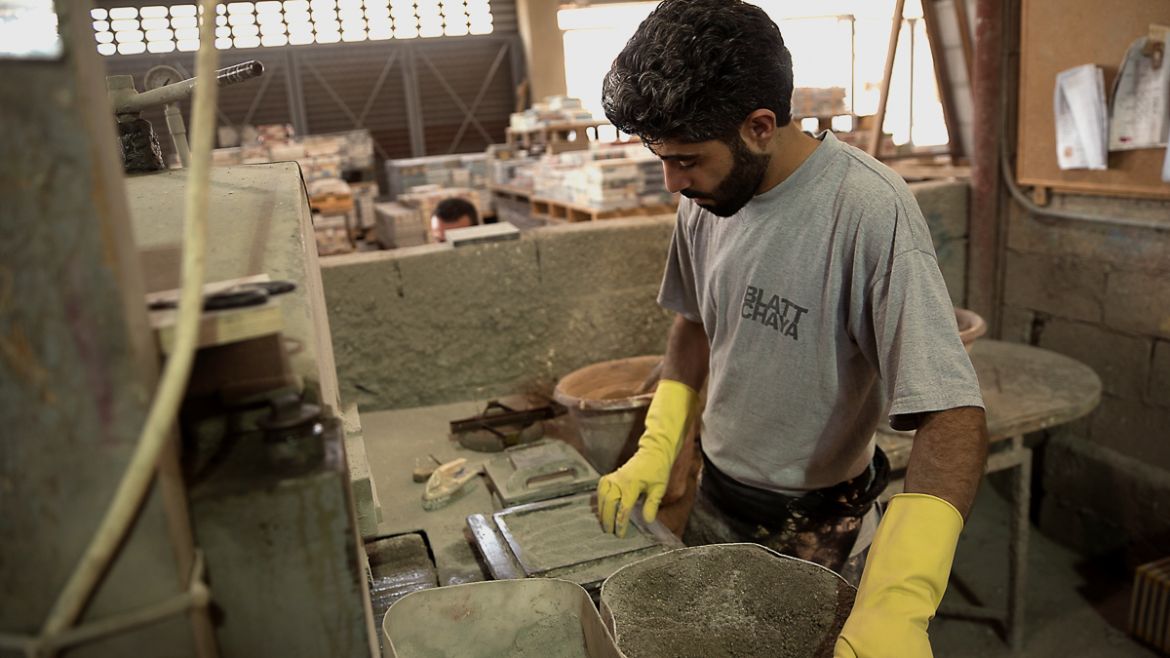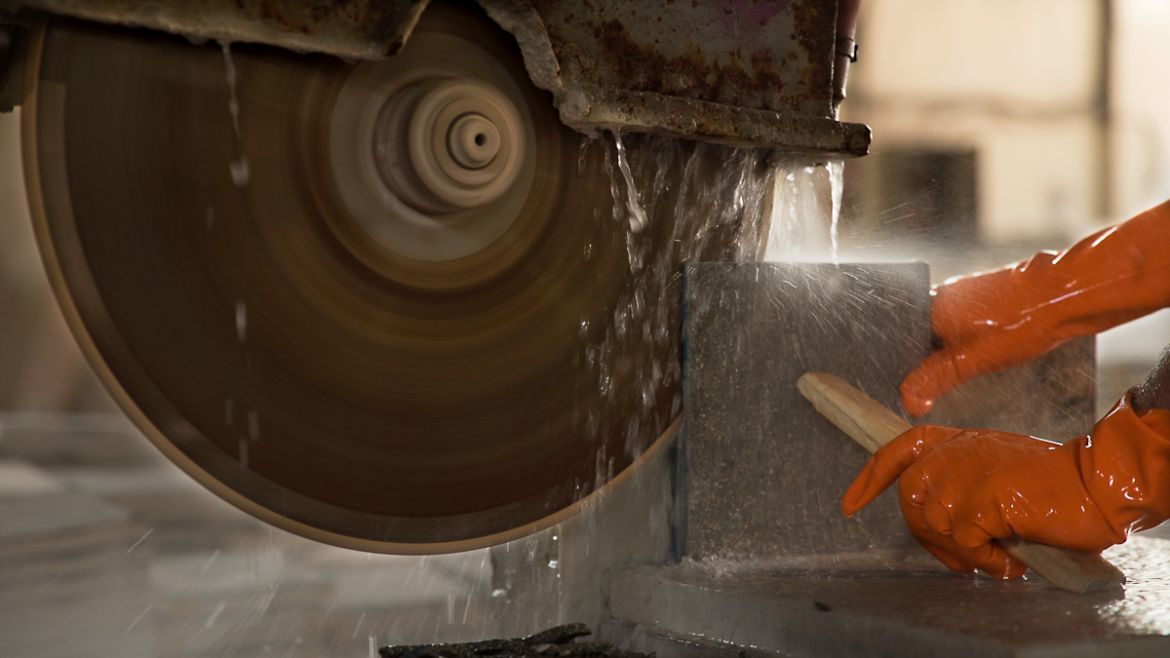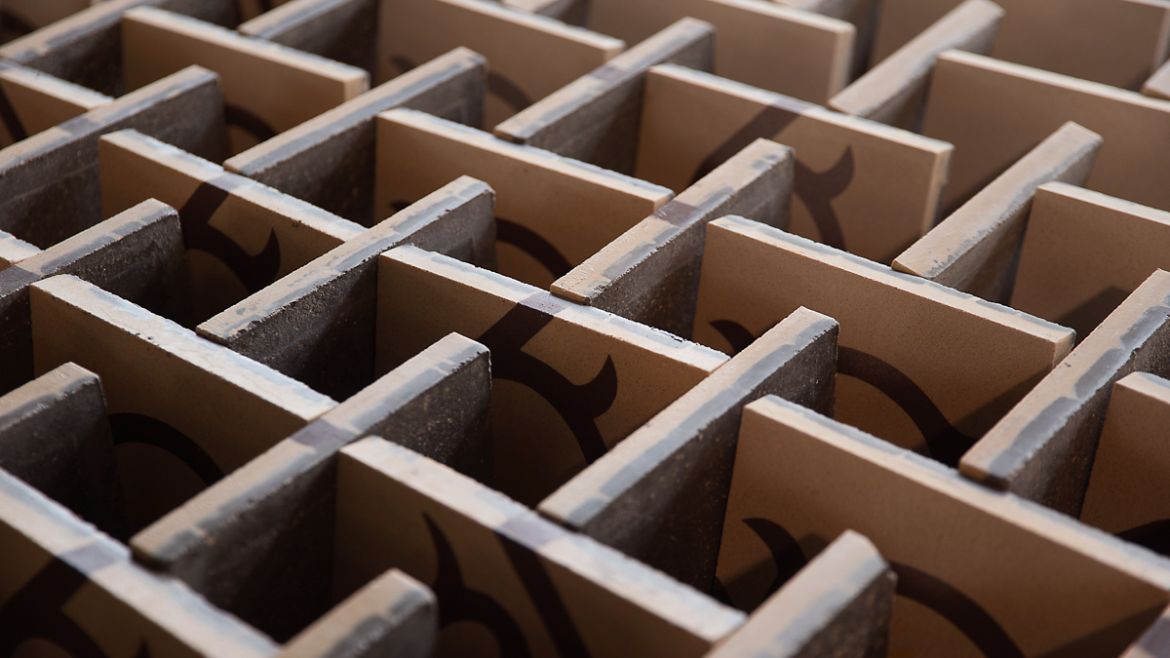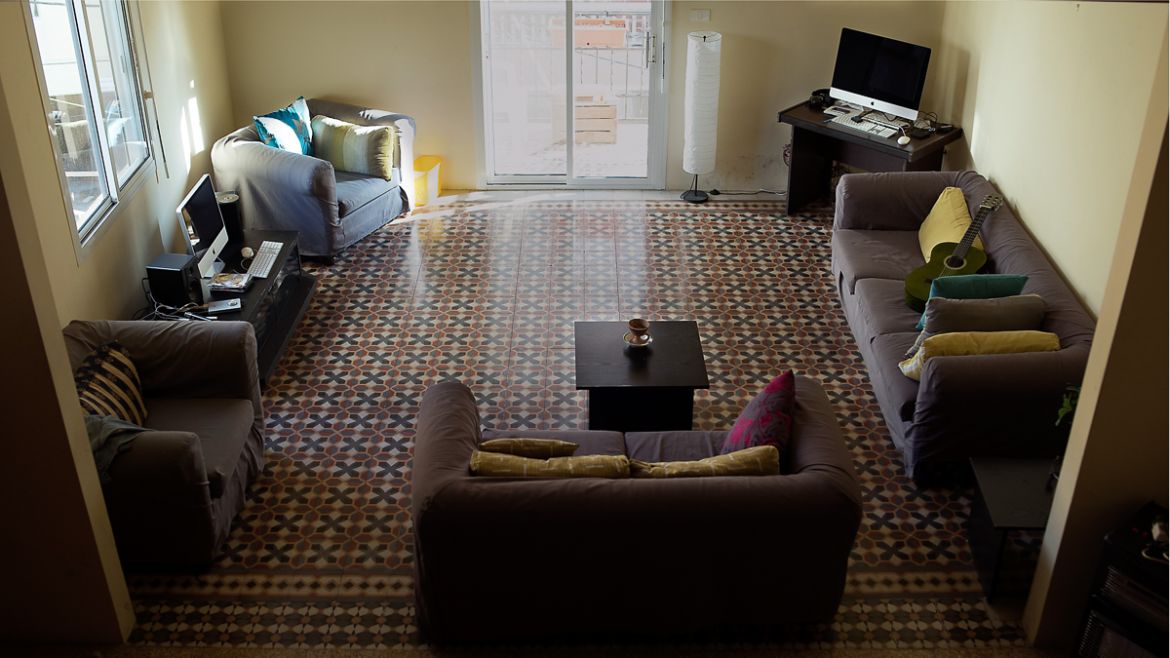In Pictures
Lebanese artisan revives mosaic tile tradition
Edgard Chaya views himself as the guardian of a fragile piece of Lebanese architectural heritage.

At the robust age of 87, Edgard Chaya is reviving the tradition of handmade mosaic tiles in Lebanon.
Stubbornly resisting sizeable offers to expand and automate the production process at his company, Blatt Chaya (Chaya Tiles), he views himself as the guardian of a fragile piece of Lebanese architectural heritage that is rapidly being destroyed.
“He’s very passionate about the human element that goes into the making of his tiles; for him, there’s no point in using machines just to make more money,” Chaya’s granddaughter, Youmna, told Al Jazeera.
A mainstay of Lebanese architecture in the 19th and 20th centuries, mosaic tiles once adorned buildings across Beirut. But by the 1950s, factory-produced utilitarian flooring offered a cheaper alternative. Most tile producers, including Chaya’s great-grandfather, either closed their businesses or changed their products. During the country’s 15-year civil war, which ended in 1990, many tile-adorned buildings were destroyed.
In 1996, after stumbling across his great-grandfather’s old tile moulds, Chaya decided to restart the business. He painstakingly taught himself the craft, becoming obsessed with doing things the traditional way. It took him four years to successfully produce his first tile, but as he began producing on a small scale, a buzz began to grow around his craft.
Two decades later, Blatt Chaya has become an internationally renowned mosaic tile producer. Given the slow, meticulous production process, the product caters to a luxury market. But for Chaya, passion for the process, rather than profit, acts as his primary driver.
“I love it more than my customers!” he declares.
